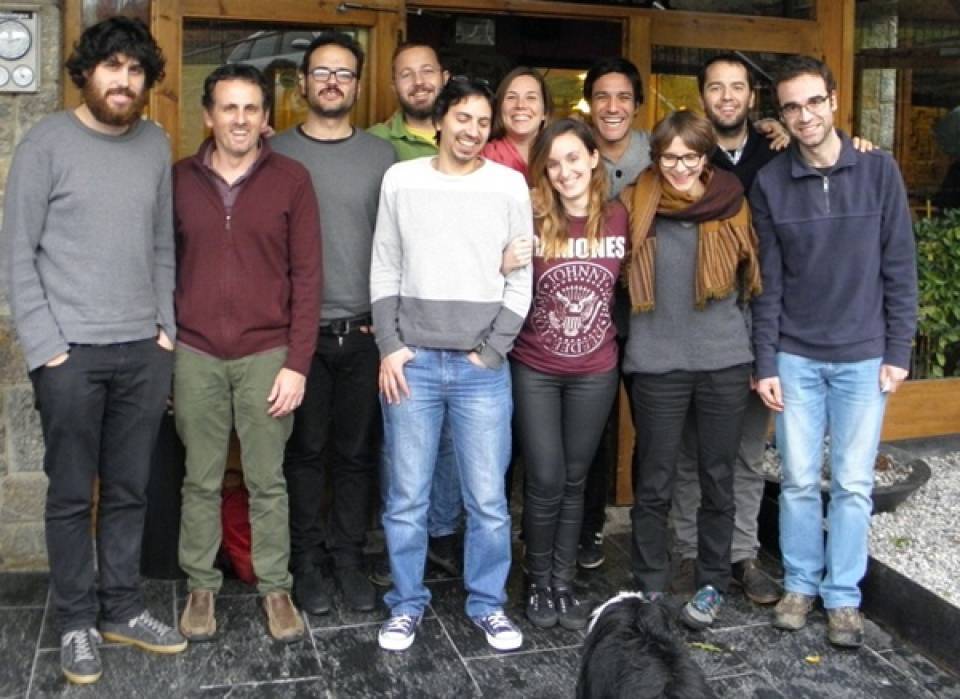In neurosciences, how the brain processes different sensory stimuli (such as images or sounds) and which are the neural basis involved in deciding what we perceive, have been the deeply studied in the past decades. In particular, for the study of decision-making after visual stimuli, experiments have been carried out (in the last 15 years) with monkeys trained to classify the movement of a simple image. Animals had to decide if the image was moving to the left or to the right. With this simple perceptual task scientists discovered that neurons from two different cerebral cortex areas are involved in the response to that movement: the sensory areas, or those that directly receive the stimulus from the retina receptors; and the integration areas, which receive and accumulate the information from the sensory area and take the decision on what we perceive.
In this article, IDIBAPS researchers have focused on explaining what happens when the image movement is not clear and how, despite of this confusion, we take a decision on what we are seeing, that is, how we are able to distinguish objects or movements while we don’t clearly see them.
To do so they analyzed neuronal responses observed in those classic experiments carried out with monkeys that are now available in an open database for the scientific community. Based on this analysis, they have proposed a mathematical model that fits with one of the two theories that exist for the explanation of the perceptual decision-making circuit. One of these theories proposes a unidirectional connection between the sensory and the integration neurons in which the first ones encode the stimulus and fire impulses to let the seconds make the decision. The other suggests that the relation between the two types of neurons is bidirectional and that a "Top-Down" connection from the integration circuit to the sensory one is crucial: integration neurons adopt an interpretation of the stimulus, often based on its experience, and project it on the sensory areas to promote a response that is consistent with this interpretation (they give more importance to the representation of sensory movement towards one side). This process is automatic, it happens in a very fast way (less than a second) and does not require any effort.
"The decision-making mechanism consists on a loop, ie a connection back and forth between these two types of areas", explains Dr. de la Rocha, last author of the study, "so the perception is the result of combining information received from the stimulus and what the brain is seeing based on the integration circuit’s memory”
Thus, this mathematical model based on a simple stimulus, provides the basis for understanding, in the future, how the brain is able to perceive more complex stimuli and how it makes, at the same time, more complex decisions.
Article reference:
Klaus Wimmer, Albert Compte, Alex Roxin, Diogo Peixoto, Alfonso Renart & Jaime de la Rocha
Nature Communications 6, Article number: 6177 doi:10.1038/ncomms7177
Received 27 November 2014 Accepted 29 December 2014 Published 04 February 2015

